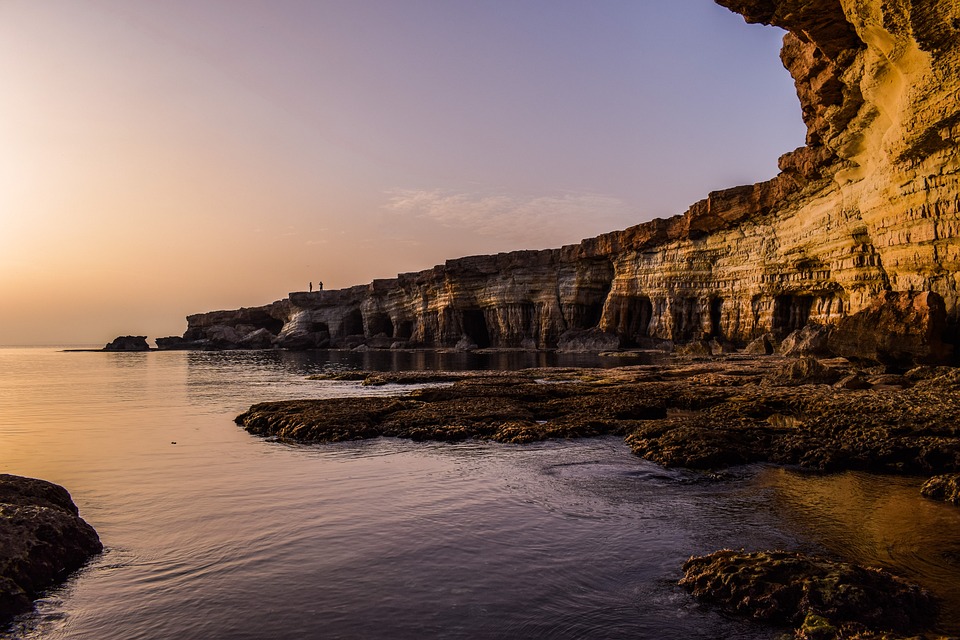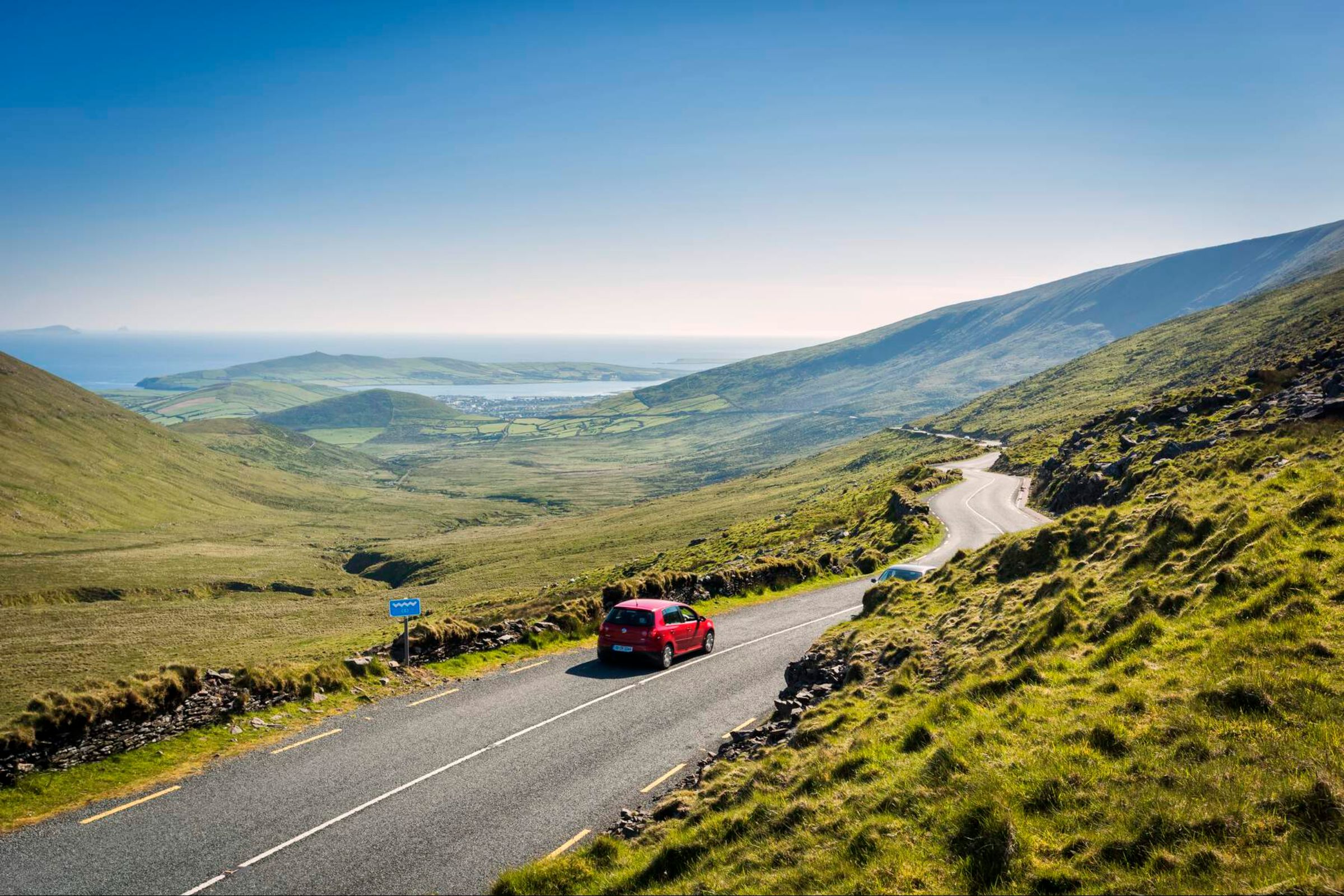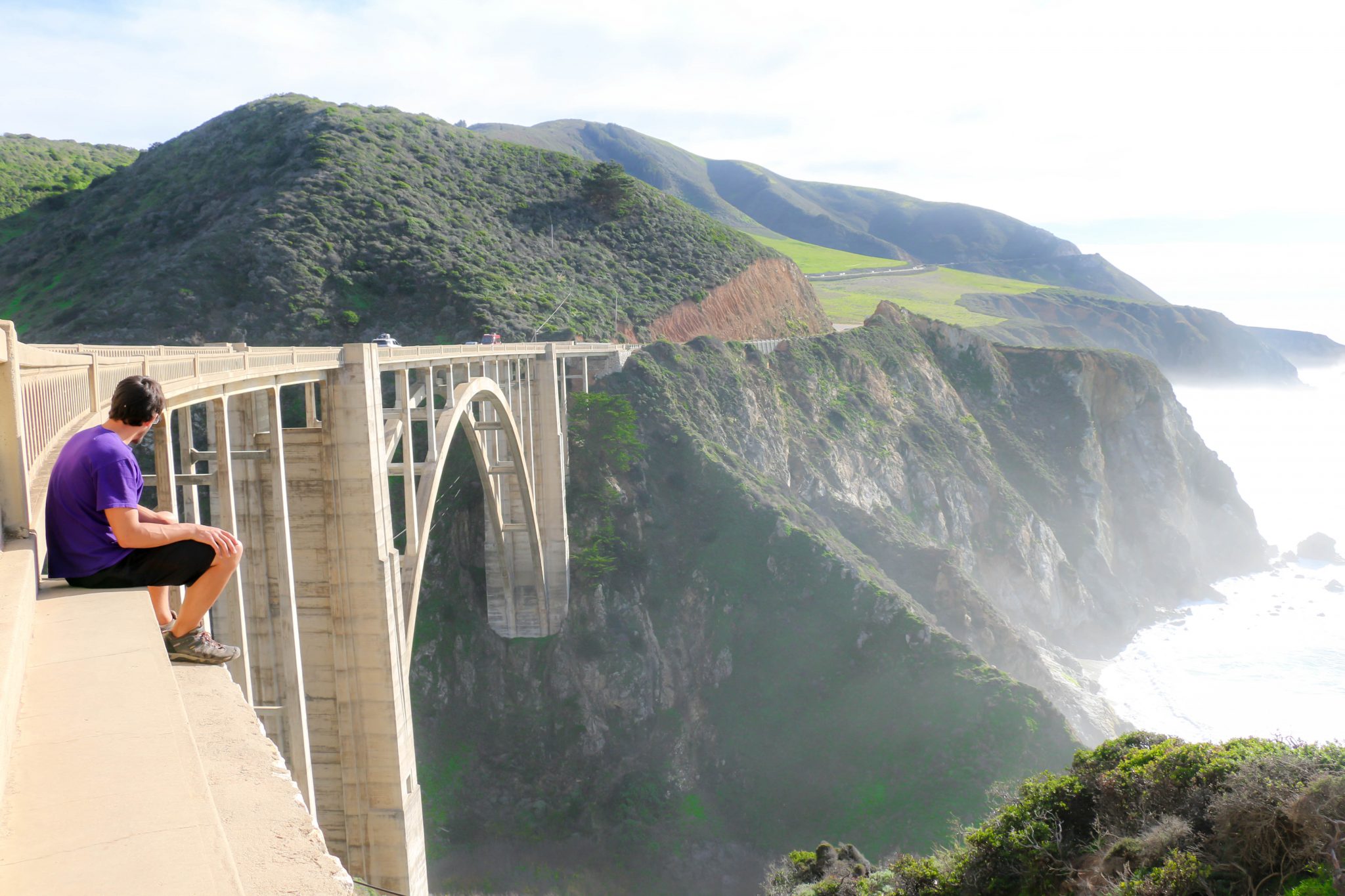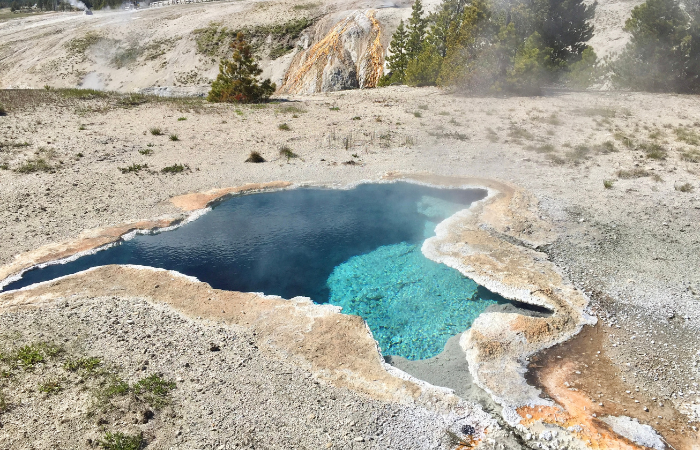Entering Hell’s Gate

So I’m on a bicycle and there’s an annoyed-looking buffalo not so far away. This is Hell’s Gate National Park, famous in Kenya for its largely predator-free environment (apparently aggressive buffalos don’t count), and hence providing the unique opportunity to cycle or walk amongst the wildlife. Often on safari, you find yourself either on a game drive or driving to the next park – either way, you tend to spend a lot of time in a vehicle. Hell’s Gate gives you a chance to stretch your legs and in this article you are going to find everything you need to plan your experience.
Hell’s Gate National Park is located in the South Rift Region near the town of Naivasha, 90km from Nairobi. Dubbed “A Walk on the Wild Side” by the Kenya Wildlife Service, the park is 68km² of savannah where you can cycle and walk amongst the animals.
Experiencing the park
This week, Francis and I took two of his children for a bike ride through the park. We saw zebras, elands, gazelles (both Thomson’s and Grant’s), baboons, buffalos, warthogs and giraffes. It was super-exciting for the kids – despite their father being a safari guide, they have not had much opportunity to go on safari themselves. Matthew has inherited his dad’s keen spotting eyes and, with the energy of an eight-year-old, zoomed ahead to report the buffalos and warthogs that we were about to see. Leopards and hyenas also live in the park, but they are rarely seen.
The most common trail is eight kilometres from Elsa’s gate to the Ol Njorowa Gorge. At Elsa’s gate, the main entry point for Hell’s Gate, bicycles are available for hire. There are other places to hire bicycles from local guides, which is perfect if you want to also take a guide into the park. Don’t expect top quality bicycles, but the brakes worked, the wheels went round and, for the most part, we could change gears (but the park is pretty flat so you can get by without too many gears).
About one kilometre from the gate is Fischer’s Tower, where rock climbing equipment is set up. Hell’s Gate is more famous for its geological formations than its animals, and Fischer’s Tower is a rocky pinnacle that pokes up from the ground in the middle of otherwise flat land. The tower is only 25m high, so it is quite manageable to scale.
Ol Njorowa Gorge is the highlight of the park. Guides are stationed at the gateway to the gorge where there is also a picnic site and car park. There are two walks to choose from – the shorter walk takes 45 minutes to one hour and the longer one is two to three hours. On the longer walk you will see where Tomb Raider with Angelina Jolie was filmed.
A further 5.5km on (and only 500m from Ol Karia gate) is the Geo Spa. Hell’s Gate was named for the steam coming out of the rocks creating a likeness to what the gateway to hell might look like. The whole Rift Valley was created through volcanic activity and many mountains throughout the valley are extinct volcanos. There is still a lot of geo-thermal activity occurring in the area, with Hell’s Gate being the most active (Mt Suswa also has steam coming from the ground, which local Maasai have tapped to collect water). The Kenyan government is working with foreign experts to create a massive geo-thermal plant which will ultimately provide 40{899b15f80a2d8718204d48354149b0a45e47eff631d37dac5896e2c8e1eedb93} of Kenya’s electricity. The Spa is where you can get close to the geo-thermal activity and take a bath in the hot springs.
If you feel like you need more than a day to enjoy all these activities, there are two campsites in the park. The facilities are basic, but when you are camping inside a national park in Kenya, that is enough excitement to overcome not having a hot shower. The Ol Dubai Campsite sits on a ledge overlooking the grazing animals and Fischer’s Tower.







